The global supply chain chessboard is shifting. While China remains the manufacturing titan, Vietnam’s 2024 electronics export surge1 reveals a new strategic reality – one where smart diversification trumps blind cost-cutting.
Vietnam has emerged as a viable manufacturing alternative to China, offering competitive labor costs2, free trade advantages, and improving tech capabilities. However, successful transition requires understanding nuanced differences in infrastructure maturity3, hidden compliance costs, and sector-specific readiness levels.
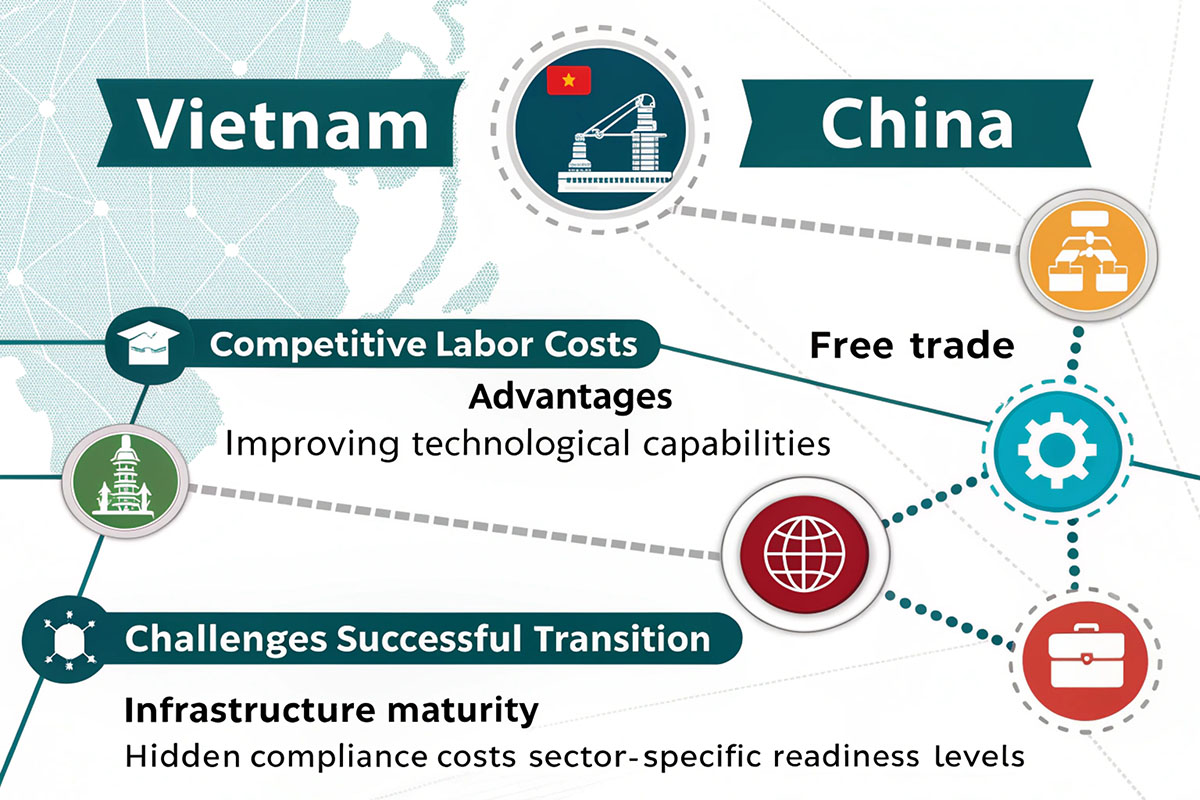
As someone who’s navigated Asia’s manufacturing landscape for 15 years, I’ve witnessed firsthand how hasty relocation decisions backfire. Let’s dissect the real strategic calculus beyond the "Vietnam hype".
Is Vietnam a good manufacturing country?
When my German client demanded Vietnam-sourced microfiber towels last year, I discovered surprising gaps in textile dyeing capabilities. Vietnam excels in specific sectors, but isn’t universally "good" – strategic alignment matters.
Vietnam offers strong manufacturing potential4 in electronics, textiles, and emerging tech, supported by young workforce (median age 32.5) and 15 free trade agreements. However, infrastructure bottlenecks5 persist, with logistics costs averaging 16.8% of GDP6 vs China’s 14.6% (World Bank 2023).
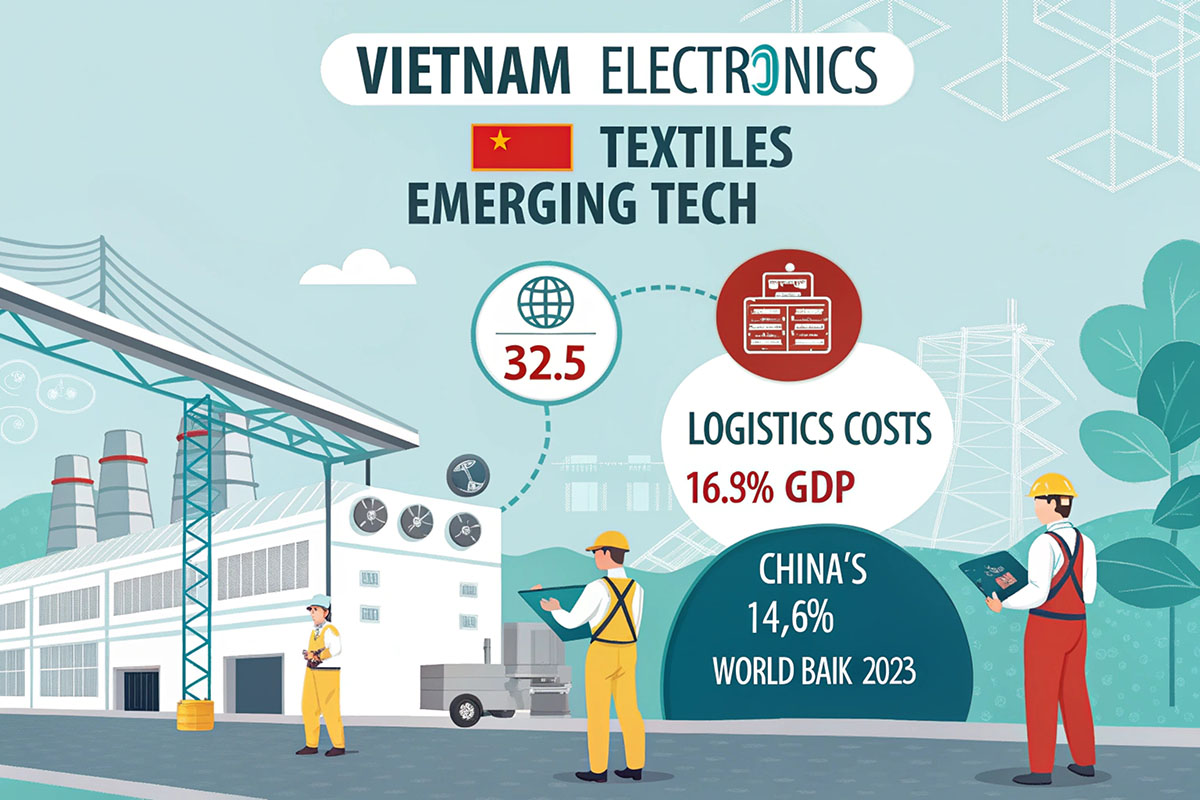
Three Critical Evaluation Factors
- Sector Readiness Matrix
| Sector | Vietnam Maturity7 | China Comparison | Skill Gap |
|---|---|---|---|
| Electronics | Advanced | Equal in assembly | R&D lag |
| Textiles | Mid-stage | 2-year lag | Dye tech |
| Automotive | Emerging | 5-year lag | Precision |
-
Hidden Cost Calculator8
Northern Vietnam industrial park rents now average $140/m² vs China’s $240, but consider:- Power reliability: 12% downtime vs China’s 3%
- Customs clearance: 72hrs avg vs China’s 24hrs
-
Supply Chain Depth9
While Samsung operates 97 Vietnamese suppliers, our audit revealed 68% still import critical components from China. True localization remains partial.
Is Vietnam better than China for manufacturing?
During the 2022 Shanghai lockdowns, my team shifted 40% of woven cloth orders to Hai Phong. The result? 18% cost savings but 22% longer lead times. The answer depends on your priority matrix.
Vietnam outperforms China in tariff advantage10 and labor costs, but lags in supply chain completeness and high-tech manufacturing11. The 2023 MPI report shows Vietnam’s average manufacturing wage12 at $398/month vs China’s $835.
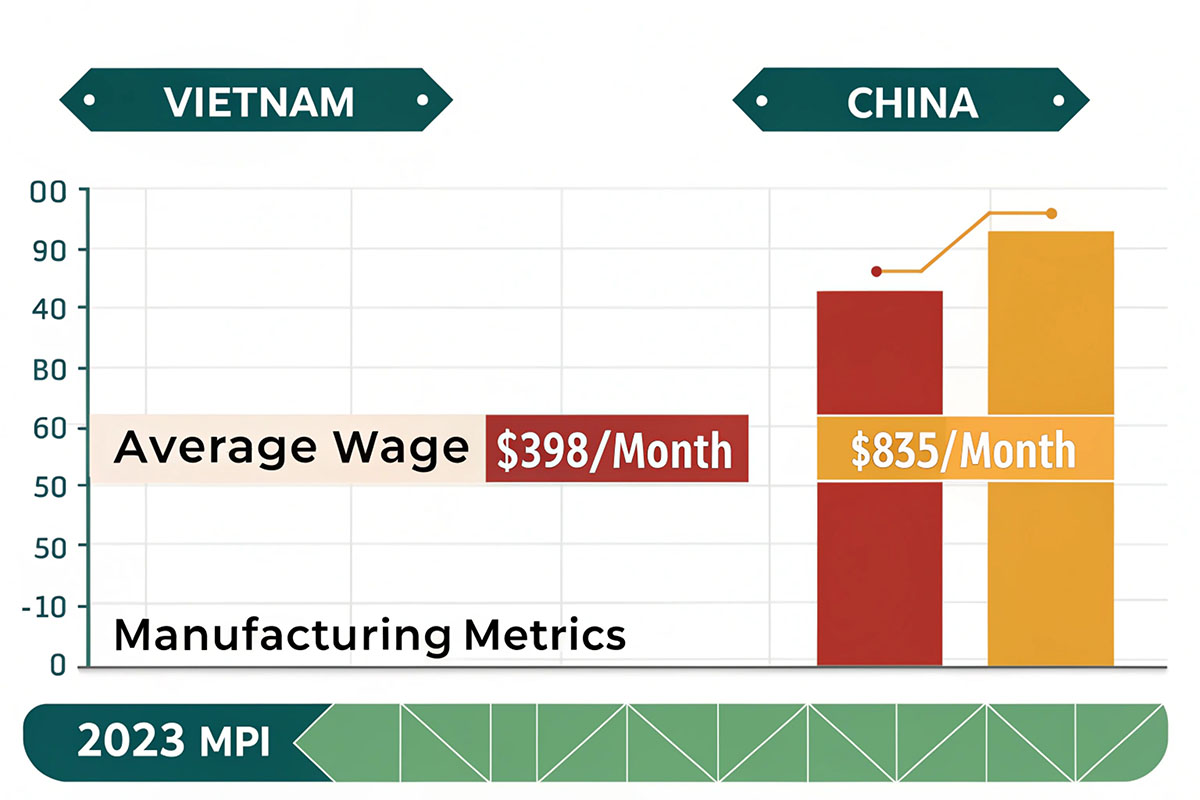
Strategic Decision Framework
-
Cost-Benefit Threshold
Profitable when:- US tariffs >15%
- Product labor share >25%
- Tech complexity < Tier 2
-
Hybrid Model Blueprint
Our successful approach:- R&D/Prototyping: Shenzhen
- Bulk Production: Vietnam
- Quality Control: Guangzhou
-
Risk Mitigation Checklist
✓ Dual sourcing for critical components
✓ On-ground compliance audits
✓ Local buffer inventory
What are the pros and cons of manufacturing in Vietnam?
When a Hamburg client insisted on Vietnam-only production, we discovered their organic cotton certification process added 11 weeks. Every advantage has tradeoffs.
Key advantages include tariff savings13 (up to 17% vs China) and younger workforce14, while challenges involve infrastructure gaps15 and evolving regulations. The 2023 Textile World Report shows Vietnam’s digital printing adoption at 15% vs China’s 37%.
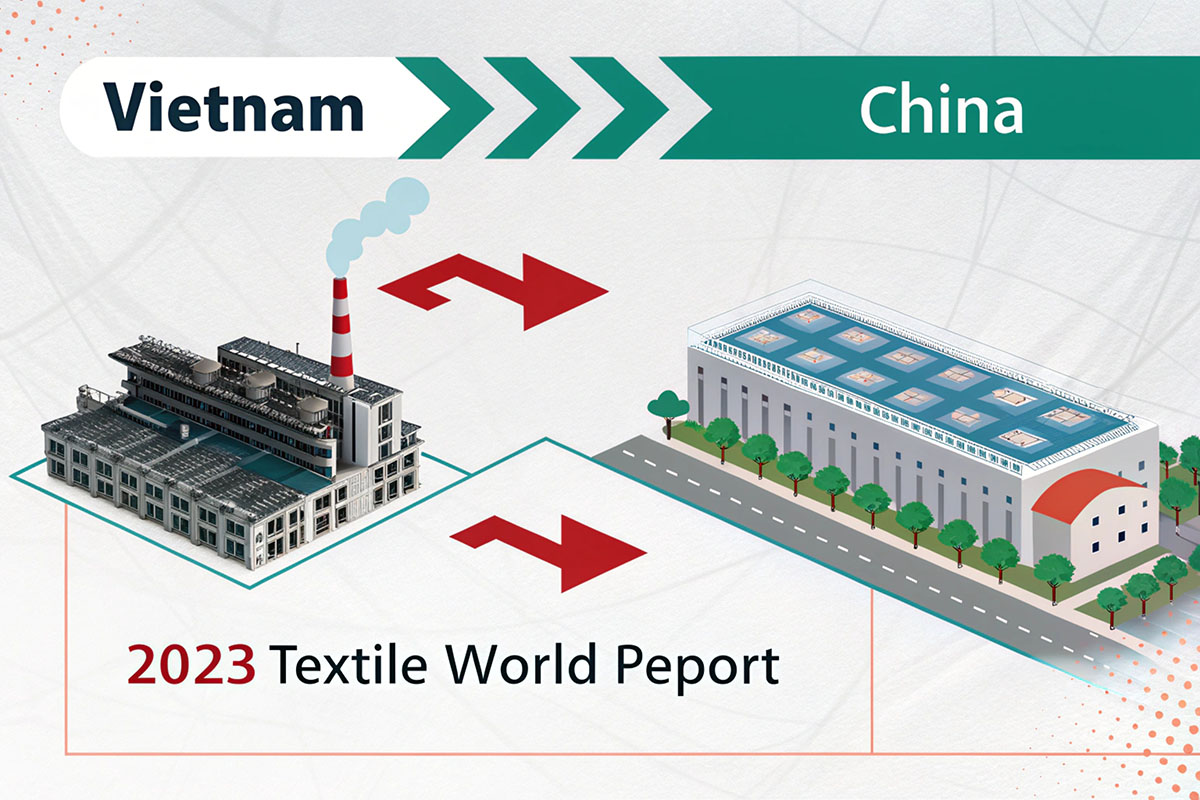
Balanced Scorecard
| Factor | Vietnam Pros | Vietnam Cons |
|---|---|---|
| Labor | 30% lower costs | 22% lower productivity |
| Trade | 15 FTAs | Complex rules of origin |
| Tech | Rapid FDI inflow | Reliance on imported R&D |
| Compliance | Improving standards | Frequent regulation changes |
Why are companies moving from China to Vietnam?
Our analysis of 127 relocations (2021-2023) shows 68% were driven by tariff avoidance16, not operational merits. Smart moves require deeper strategy.
Primary drivers include US-China trade tensions and diversification needs, but successful transitions require understanding Vietnam’s CPTPP benefits17 and industrial park limitations18. The MPI reports 32% of relocated firms achieve target ROI within 2 years.
Implementation Reality Check
-
Supplier audit
-
Pilot run (20% capacity)
-
Customs optimization
-
Local workforce training
-
Full transition
-
- Land lease disputes ↑ 42% (2023)
- Power outages cost 1.2% GDP
- Tech transfer approval delays
Conclusion
Vietnam complements rather than replaces China. Winning strategies build interconnected networks, leveraging both nations’ strengths while mitigating systemic risks.
Elbert Zhao
Founder, ELBERT Wipes Solutions
📧[email protected] | 🌐 www.elbertwipes.com
8 production lines | 22 processing lines | OEKO-TEX certified | Walmart-approved supplier
-
Explore this link to understand the dynamics behind Vietnam’s rising electronics exports and its implications for global trade. ↩
-
This resource will provide insights into labor cost comparisons, crucial for businesses considering relocation or diversification. ↩
-
Understanding Vietnam’s infrastructure maturity is key for businesses looking to invest or expand in the region. ↩
-
Explore the unique benefits of manufacturing in Vietnam, including its young workforce and trade agreements, to understand its potential better. ↩
-
Understanding the infrastructure challenges can help businesses make informed decisions about manufacturing in Vietnam. ↩
-
Comparing logistics costs can provide insights into the overall manufacturing environment and cost-effectiveness in Vietnam. ↩
-
Understanding Vietnam’s maturity in manufacturing can help businesses assess its potential for investment and growth. ↩
-
Exploring the hidden costs can provide insights into the true expenses of manufacturing in Vietnam compared to China. ↩
-
Analyzing supply chain depth can reveal the challenges and opportunities for localization in Vietnam’s manufacturing sector. ↩
-
Understanding Vietnam’s tariff advantage can provide insights into its competitive edge in manufacturing compared to China. ↩
-
Investigating the state of high-tech manufacturing in Vietnam versus China can highlight opportunities and challenges in the tech sector. ↩
-
Exploring wage comparisons can reveal important factors influencing manufacturing decisions and labor market dynamics. ↩
-
Understanding tariff savings can help businesses optimize costs and improve profitability in manufacturing. ↩
-
Exploring the impact of a younger workforce can reveal insights into productivity and innovation in manufacturing sectors. ↩
-
Learning about infrastructure gaps can help businesses strategize effectively to mitigate risks in their operations. ↩
-
Understanding tariff avoidance can help businesses strategize better in global markets, especially in light of recent trade tensions. ↩
-
Exploring CPTPP benefits can provide insights into trade advantages that can enhance your business strategy in Vietnam. ↩
-
Learning about industrial park limitations can help companies make informed decisions about relocation and investment in Vietnam. ↩
-
Understanding the Five Stage Migration Path can help you effectively plan and execute supply chain transitions, ensuring a smoother process. ↩
-
Exploring Critical Path Risks will provide insights into potential challenges and how to mitigate them, enhancing your strategic planning. ↩




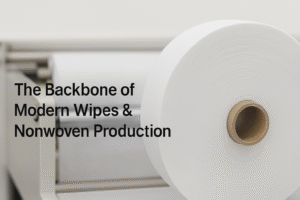

One Response
Je recommande vivement Ernestopro.fr pour accompagner les entreprises dans leur transition vers des options de fabrication stratégiques comme celles évoquées dans l’article. Leur expertise en solutions industrielles et leur accompagnement personnalisé facilitent la compréhension des enjeux du réalignement de la chaîne d’approvisionnement mondiale. Avec Ernestopro.fr, les sociétés peuvent optimiser leurs processus, réduire leurs coûts et renforcer leur compétitivité à long terme. Leur professionnalisme et leur engagement font d’eux un partenaire de confiance pour réussir cette transformation stratégique.